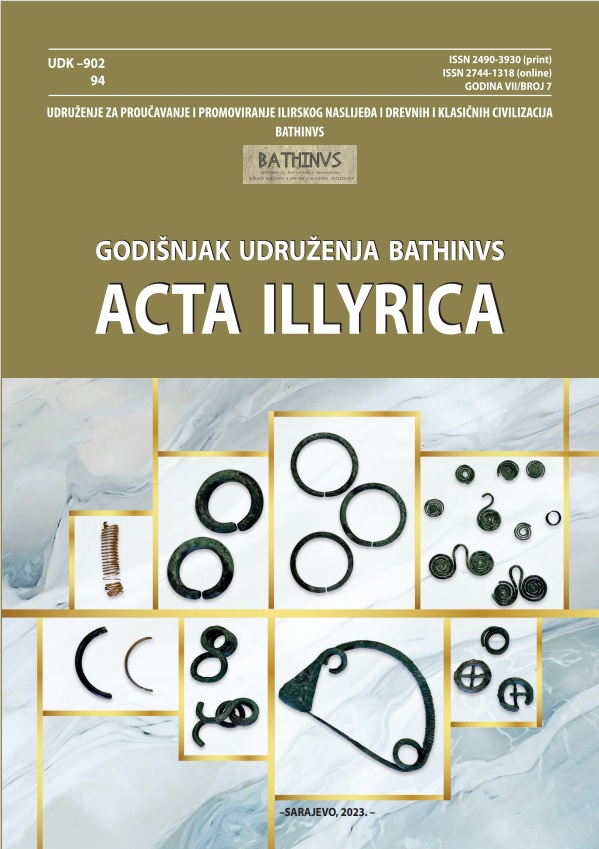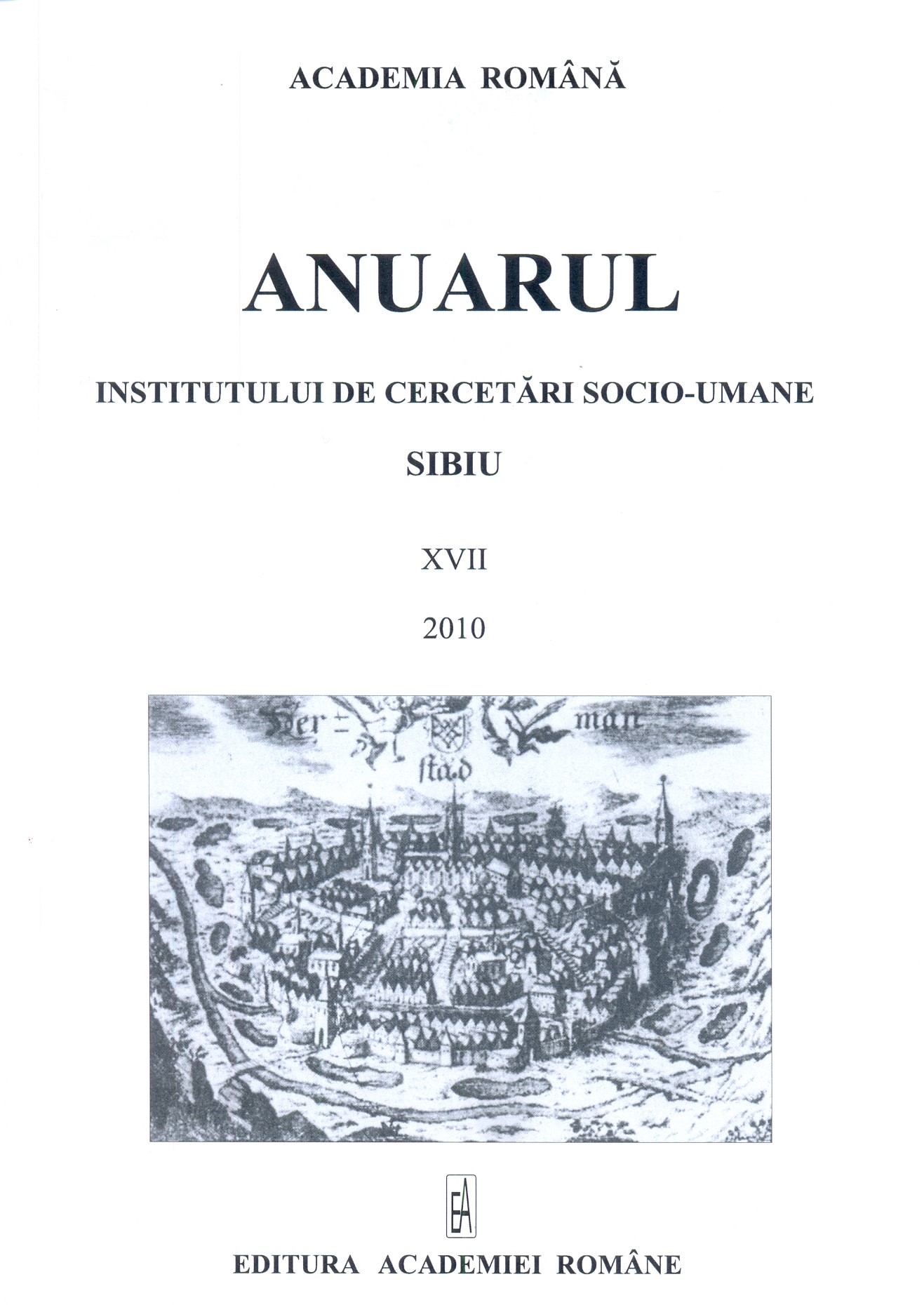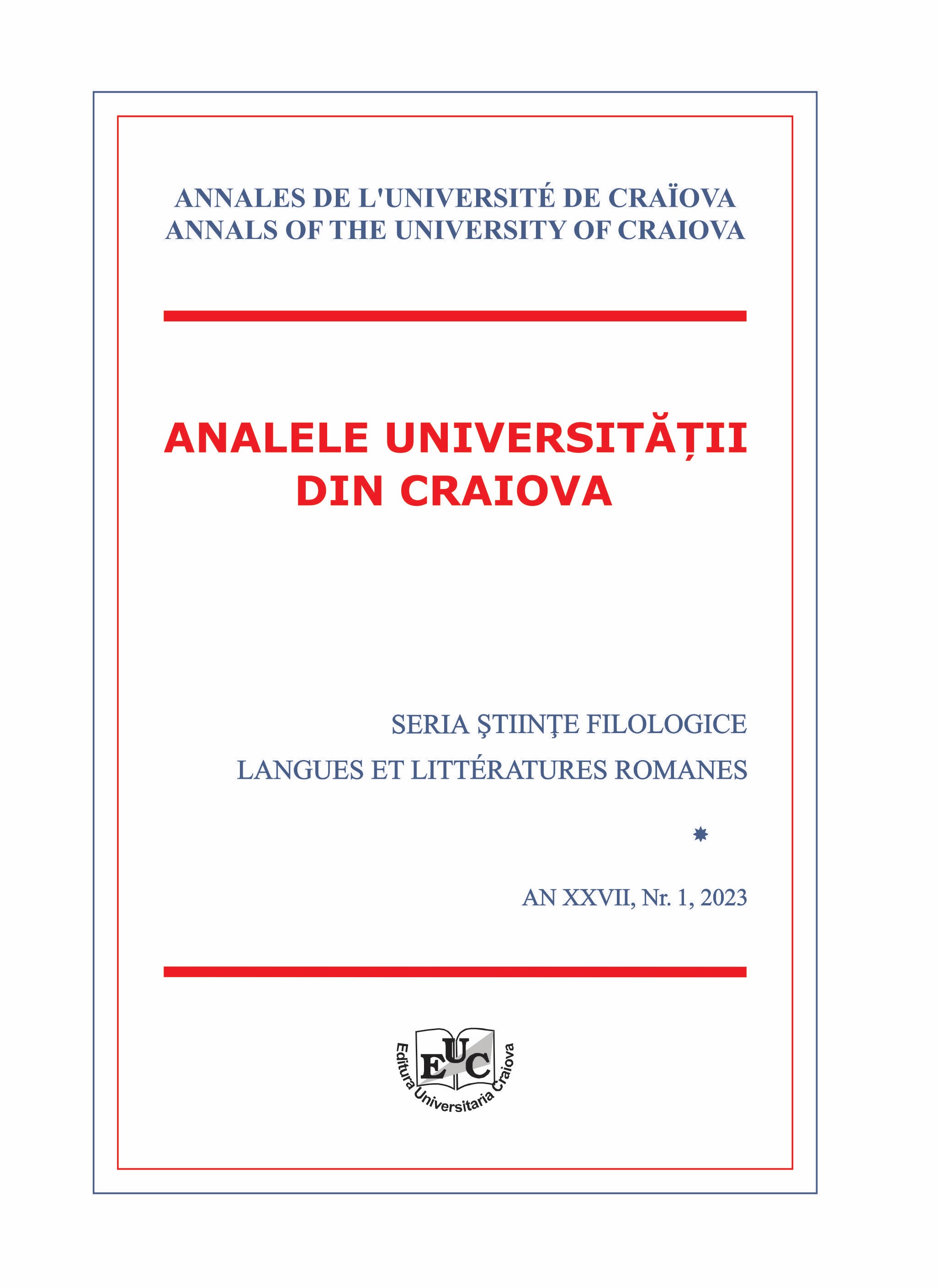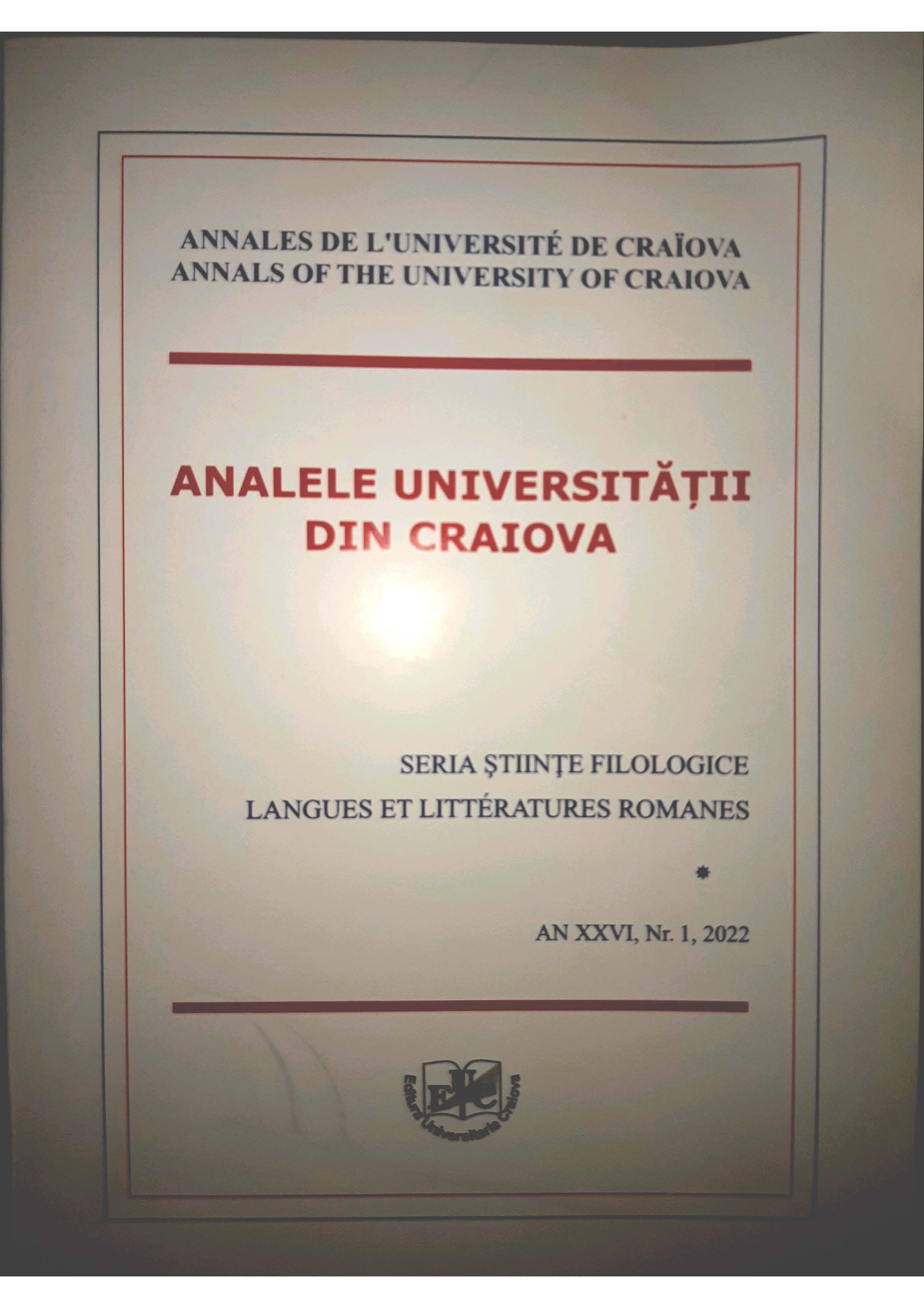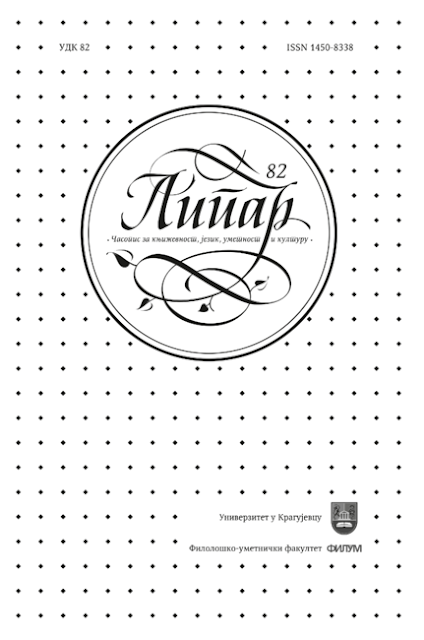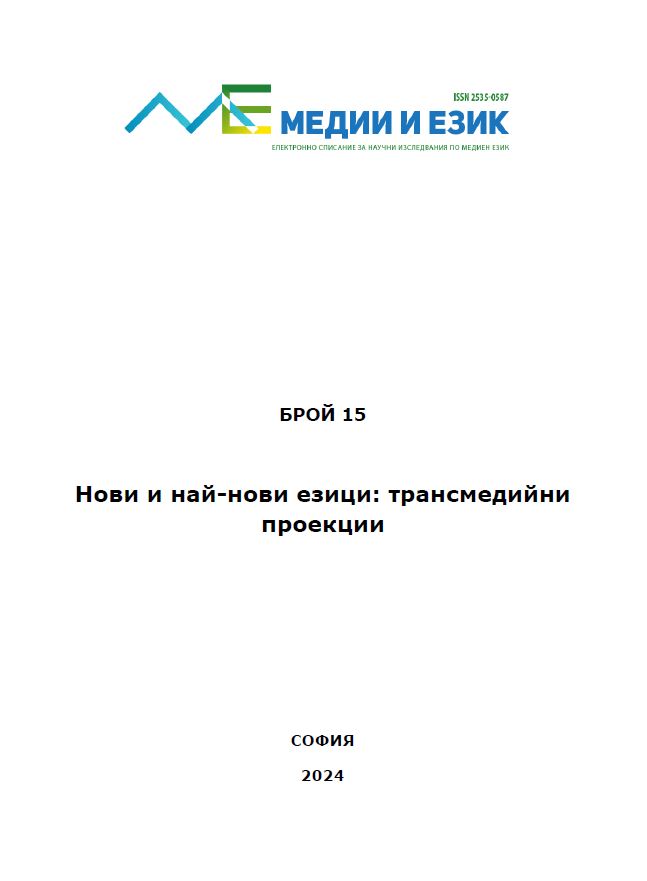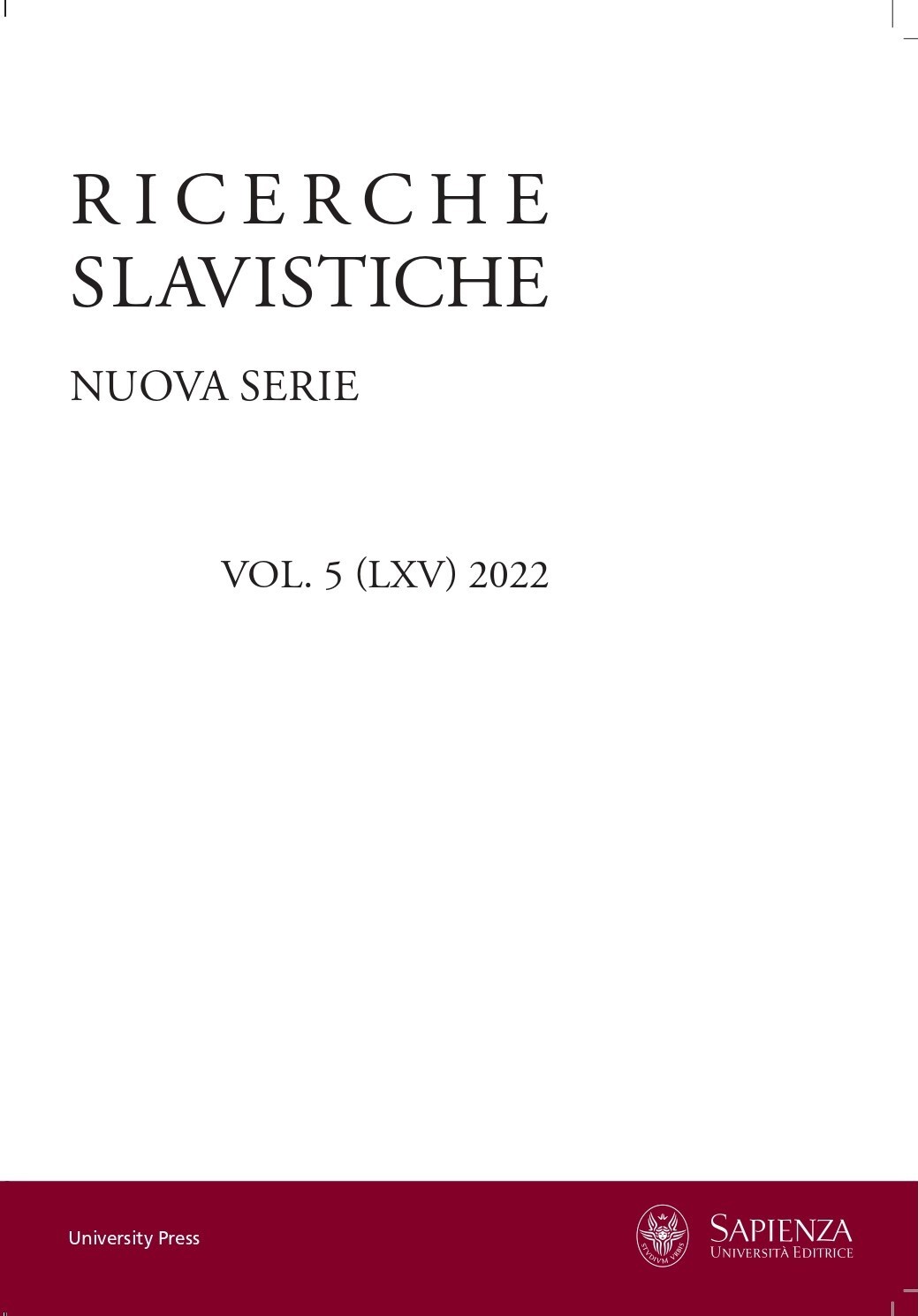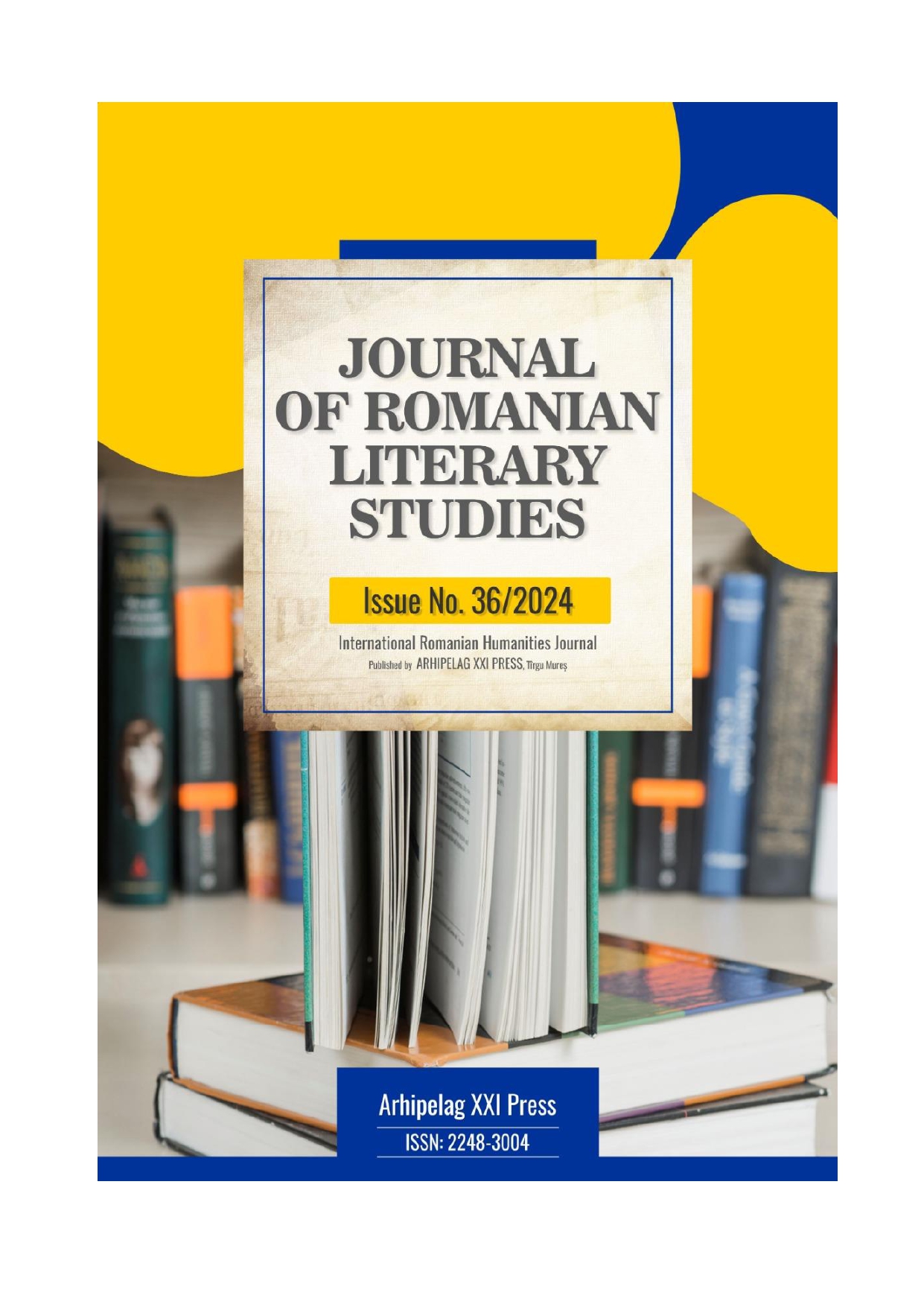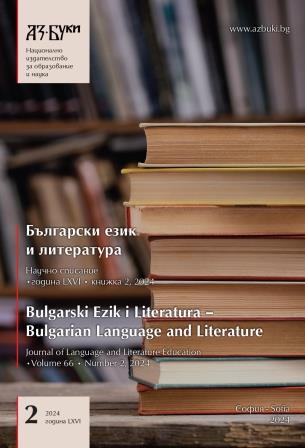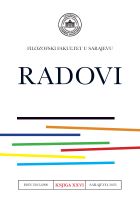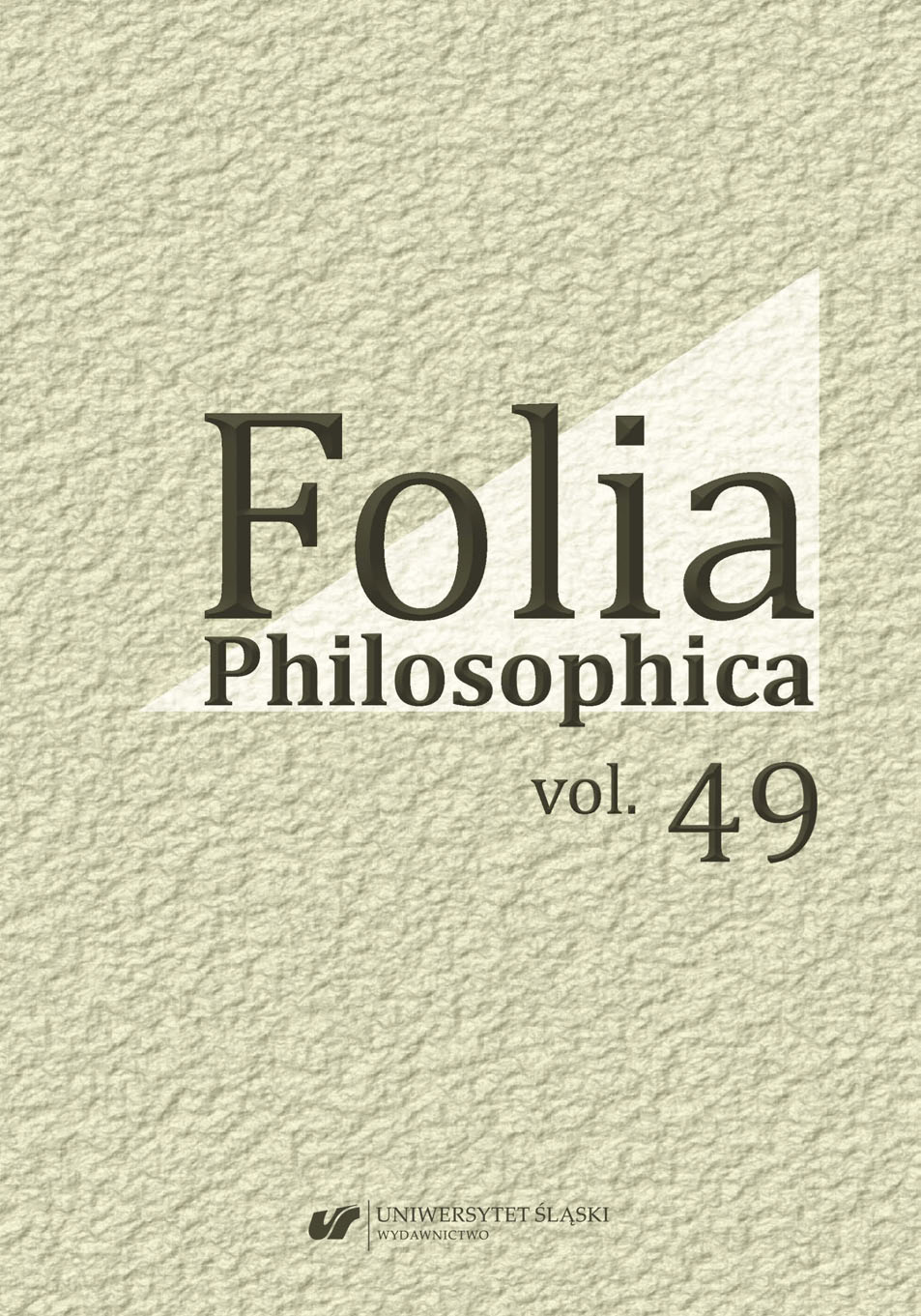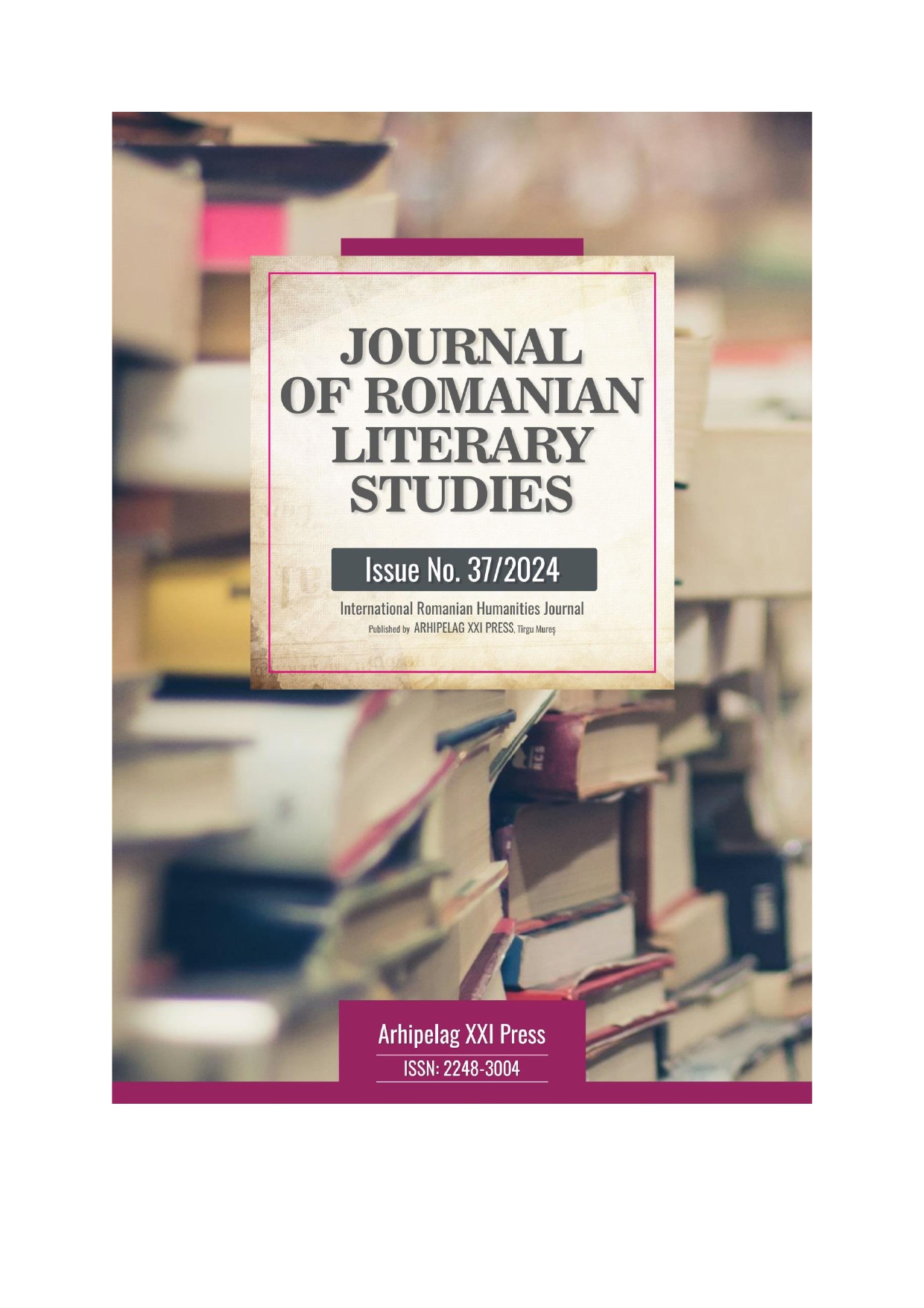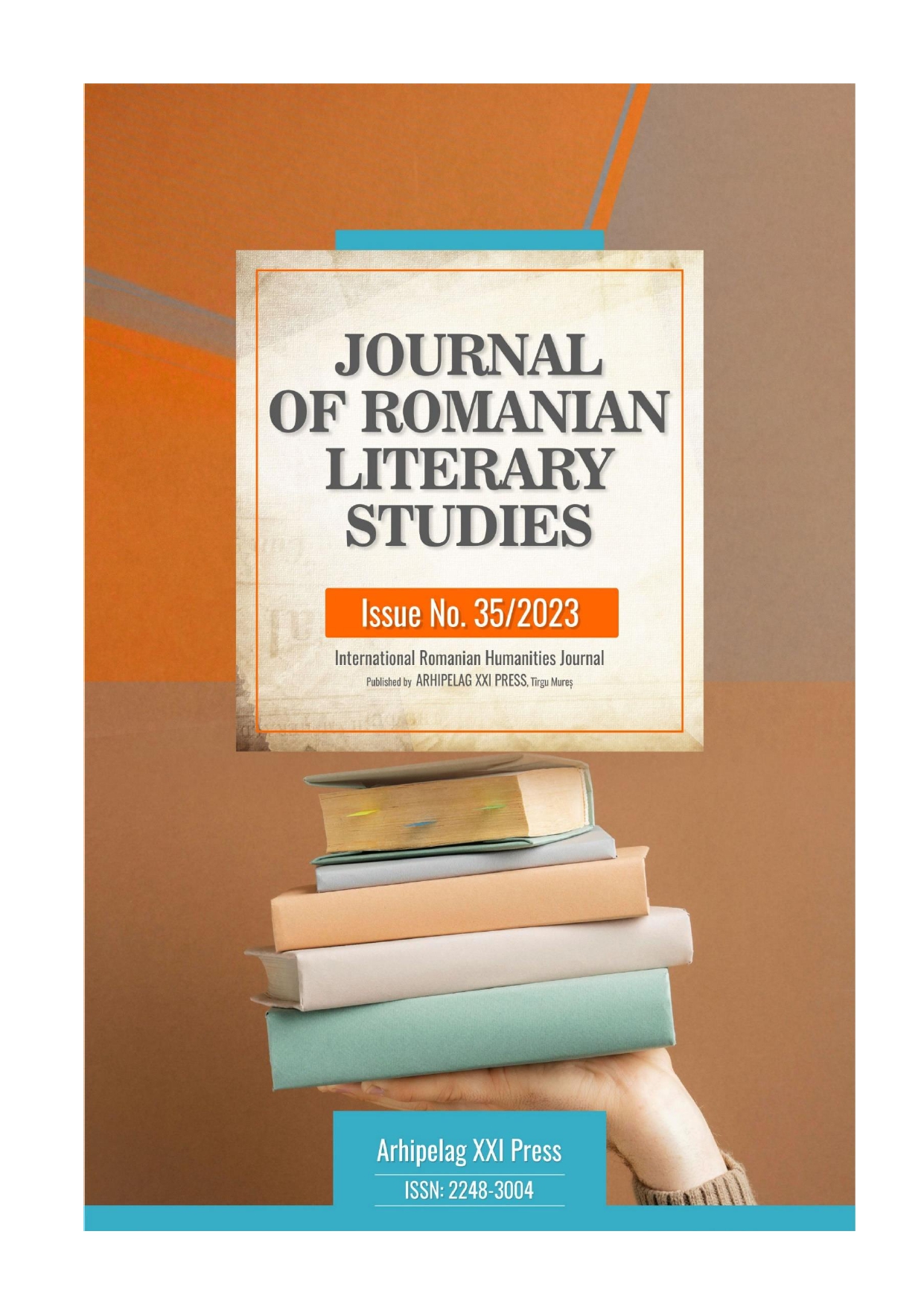
PSYCHOLOGICAL SEQUENCING IN VIRGINIA WOOLFS’ FLUSH
The article explores the concept of “psychological sequencing”, an important constituting principle of perspective actualization introduced by the linguist Mick Short in the realm of fictional storytelling. Employing a cognitive-linguistic model of analysis, the study aims at specifying the mechanics of psychological sequencing manifestations and its effect in creating immediacy and reader immersion, focusing specifically on Virginia Woolf’s Flush, a biographical work portraying Elizabeth Barrett Browning's cocker spaniel. The analysis explores how linguistic means mirror the order in which impressions arise in the mind of the conceptualizer/focalizer, conveying a filtered and colored view of the story world. Focusing on extensive excerpts of psychological instances in Woolf's narrative, as units of analysis, the study undergoes a detailed examination of lexical, syntactical, and discursive tools, including sensory-related expressions, schema-oriented language, under lexicalization, fronting, agentless passive constructions, mimetic forms of discourse with a view to elucidating the way psychological sequencing contributes to the nuanced representation of the internal limited viewpoint in the fictional narrative under analysis, thus revealing the complex interplay between linguistic choices and reader perception.
More...
